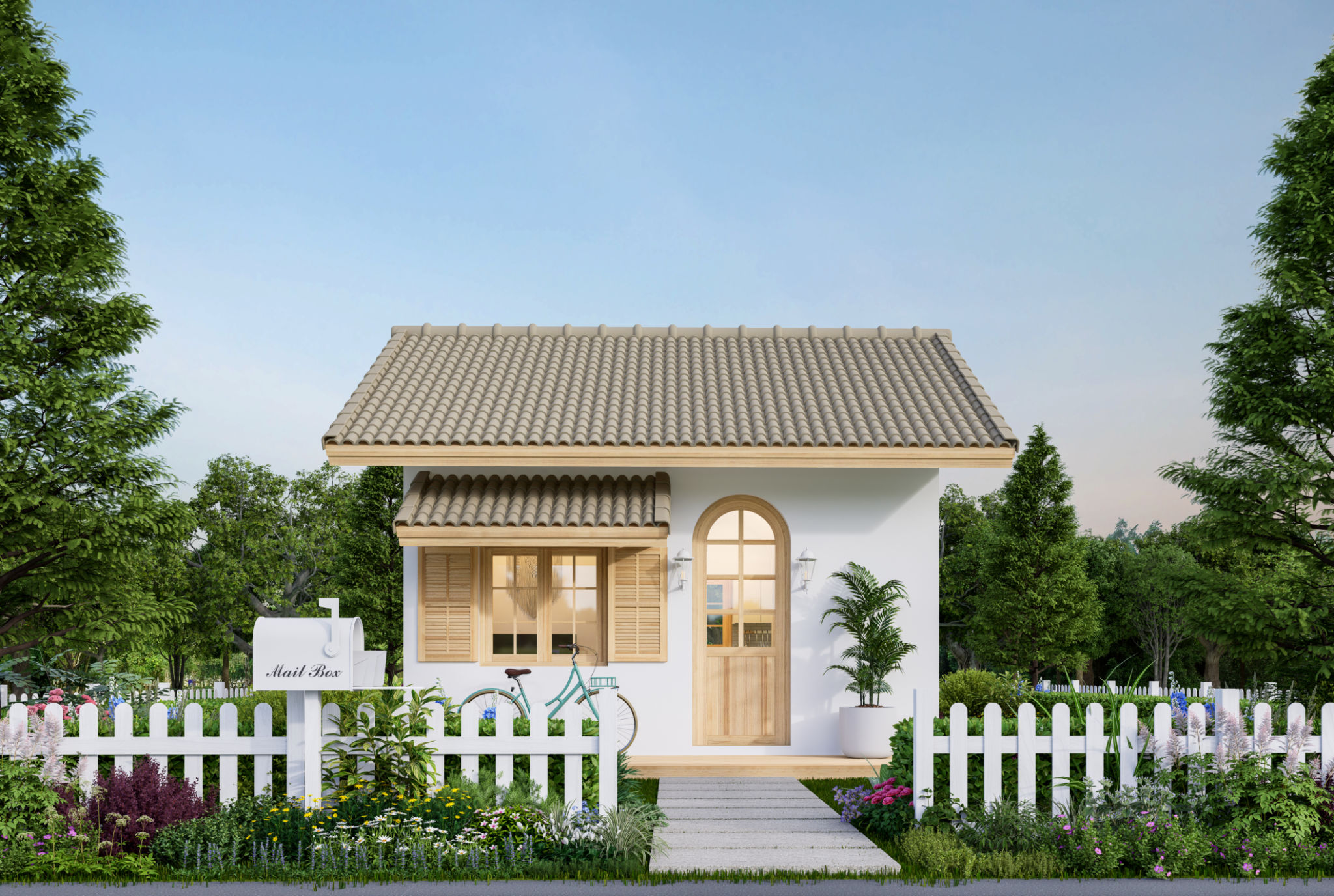Comparing Shipping Container Homes to Traditional Tiny Homes
The Rise of Alternative Living Spaces
In recent years, the concept of downsizing and living minimally has gained significant traction. Both shipping container homes and traditional tiny homes have emerged as popular choices for those seeking a simpler, more sustainable lifestyle. Each offers unique benefits and challenges, making the decision between the two a matter of personal preference and priorities.

Cost Considerations
One of the main factors driving the popularity of both shipping container homes and traditional tiny homes is affordability. Shipping container homes often have an edge when it comes to initial cost due to the availability of used containers at relatively low prices. The basic structure is already in place, which can significantly reduce construction costs.
On the other hand, traditional tiny homes can also be cost-effective, particularly if you're building on a trailer foundation. However, the costs can vary widely depending on design complexity and material choices. Both housing options offer the potential for savings compared to conventional homes, but careful budgeting is essential to avoid overspending.

Design Flexibility
Design flexibility is another key consideration when comparing these two housing types. Shipping container homes are inherently modular, allowing for creative stacking and joining of multiple containers to create unique layouts. The industrial aesthetic appeals to many, and with proper insulation and interior design, they can be transformed into cozy living spaces.
Traditional tiny homes offer versatility in design as well. They often embrace a more rustic or cottage-like charm and can be built on wheels for mobility or on a permanent foundation. The choice of materials and finishes can greatly influence the overall look and feel, making them highly customizable to individual tastes.
Sustainability and Environmental Impact
Both shipping container homes and traditional tiny homes promote sustainability, but they do so in different ways. Shipping container homes repurpose existing materials, reducing waste and the need for new resources. By giving new life to decommissioned containers, these homes contribute to a circular economy.
Traditional tiny homes, meanwhile, often focus on using eco-friendly materials and energy-efficient designs. Many are equipped with solar panels, rainwater harvesting systems, and composting toilets to minimize their ecological footprint. The smaller size inherently leads to lower energy consumption, making both options environmentally conscious choices.

Mobility and Location Flexibility
If mobility is a priority, traditional tiny homes built on trailers offer unmatched flexibility. These homes can be moved relatively easily, allowing owners to travel or relocate without leaving their home behind. This is ideal for those who enjoy exploring new places or need to move frequently for work.
Shipping container homes, however, are generally more stationary due to their heavier construction. While they can be relocated with the right equipment, it's not as simple as towing a tiny house on wheels. They are better suited for those who prefer a more permanent setup.
Conclusion: Which is Right for You?
Choosing between a shipping container home and a traditional tiny home ultimately depends on your lifestyle preferences and priorities. If you're drawn to modern aesthetics and cost efficiency with a more permanent location, a shipping container home might be the perfect fit. Alternatively, if mobility and rustic charm appeal to you, a traditional tiny home could be the ideal choice.
Both housing options represent a shift towards sustainable living and offer exciting opportunities for creativity and customization. By weighing the pros and cons of each, you can make an informed decision that aligns with your values and lifestyle goals.
